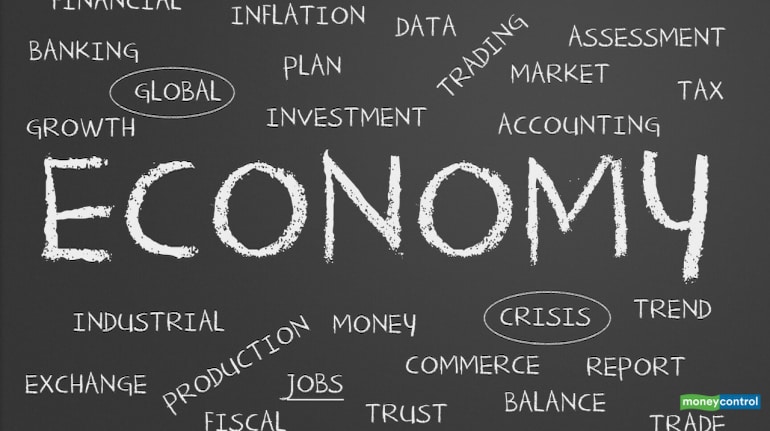
The Gross Domestic Product (GDP) data for Q4 will be released today. The GDP figures are keenly watched every quarter for cues on broader economic performance.
The Jan-March GDP figure will be the first major official estimate that will give us a sense as to what extent the COVID-19 outbreak has impacted the Indian economy.
After COVID-19 was declared a pandemic (meaning a disease that is spreading all across the world or a large geography) on March 11, India announced a nationwide shutdown beginning March 25. Since then, the lockdown has been extended four times and still continues albeit with some relaxations.
Theoretically, the lockdown impacted the economy only in the last week of March. But, in reality, much of the normal course of business had slowed down days before the nationwide lockdown came into effect. This is because people's movement declined significantly from early March. For this reason, the COVID-19 impact was already visible on economic indicators in the month of March itself.
It sold only 2.42 lakh units in March, 2020 compared with 3.93 lakh units in March last year. Similarly, there are indications that Goods and Services Tax (GST) collections has plunged in March to a record low of Rs 28,309 crore as compared to Rs 1.13 lakh crore recorded in the same month last year.
The IIP (index of industrial output) contracted by a record 16.7 percent in March. In February, IIP had risen by 4.5 percent. Growth in eight core sector industries fell to 6.5 percent in March against an expansion of 5.8 percent in the previous March.
What does all this mean? COVID-19's impact was already felt in the economy even before the lockdown was in effect. Hence it is likely that the Q4 GDP number will reflect this deterioration in economic scenario.
What did the RBI say?
The RBI, in the latest policy, has given an indication of the likely hit on growth due to COVID-19. “It is in the growth outlook that the MPC (monetary policy committee) judged the risks to be gravest,” said RBI governor, Shaktikanta Das in the last policy statement.
The RBI noted that given the uncertainties, GDP growth in 2020-21 is “estimated to remain in negative territory”, with some pick-up in growth impulses from H2: 2020-21 onwards.
“The end-May 2020 release of NSO on national income should provide greater clarity, enabling more specific projections of GDP growth in terms of both magnitude and direction. Much will depend on how quickly the COVID curve flattens and begins to moderate,” Das said in his statement.
Governor’s observation that the GDP growth is “estimated to remain in negative territory” is a bit baffling since there was no mention of growth falling to negative territory in earlier policies.
So far, there are no agencies that have predicted a negative growth in Q4. According to rating agency, CARE, the GDP is likely to come to 3.6 percent in Jan-March quarter. According to SBI economists, the GDP growth is likely to fall to 1.2 percent in March-quarter. In the third quarter, the GDP growth rate had fallen to 4.7 percent.
Why should the GDP number matter to us?
GDP is an important indicator of overall economic activity. A sharp fall in economic growth also means slowing business growth, rising unemployment (CMIE estimates unemployment at 23 percent in April) and, because of these two reasons, increasing stress on the banking sector.
This also indicates slowing demand in the economy. When economic output falls and companies struggle to make money, they are forced to cut down employee and rationalise costs. When banks witness an increase in NPAs in a slowing economy, their profitability takes a hit.
Banks need to set aside more money to cover bad loans in the form of provisions. This put pressure on their capital and banks turn cautious on further fresh lending to companies. In short, a slowing economy creates a vicious cycle in the financial system.
What should the government do?
If the economy indeed contracts and if that remain so for three consecutive quarters, the economy will be in a recession phase. The government will have to then come with a major fiscal stimulus to rejuvenate the economy.
The Rs 20 lakh crore economic package announced by the government has failed to deliver the desired demand push in the economy. The actual direct spending, according to various estimates, is only about 1 percent of the GDP as against the promised 10 percent.
A major part of the economic stimulus is in the form of loans under various schemes. Government will have to come with a fresh economic stimulus if the economic growth contracts and job losses rise further.
Discover the latest business news, Sensex, and Nifty updates. Obtain Personal Finance insights, tax queries, and expert opinions on Moneycontrol or download the Moneycontrol App to stay updated!